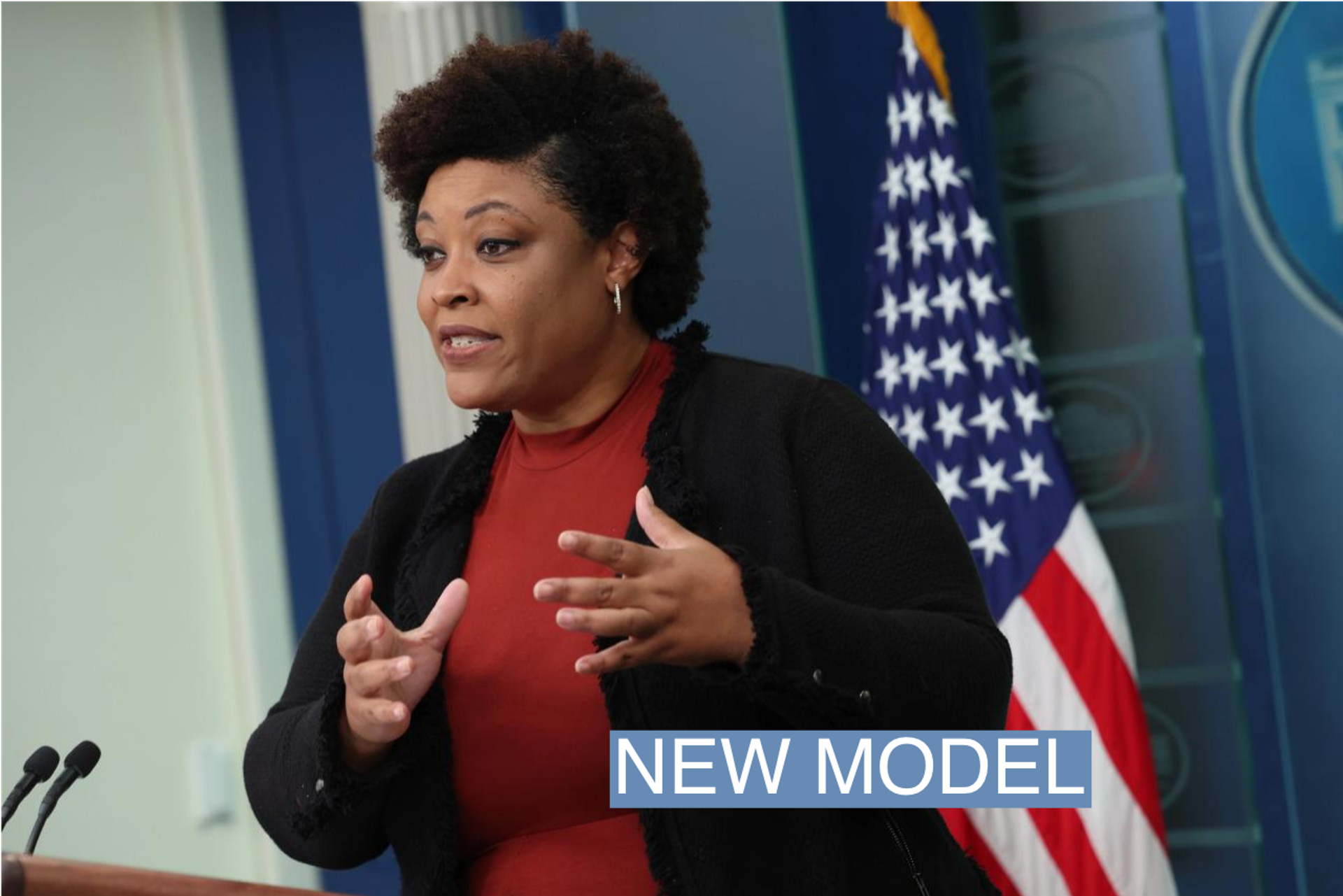The News
Every federal agency will soon have a new “chief AI officer” under a new policy the White House issued Thursday.
The new rule is part of a first-of-its-kind Office of Management and Budget policy designed to help the entire federal government use artificial intelligence safely and effectively, as the technology becomes more advanced and widespread. The federal government is trying to take advantage of AI, but the Biden administration is also wary of potential pitfalls associated with the quickly-evolving technology.
“AI presents not only risks but also tremendous opportunity to improve public services and make progress on societal challenges like addressing climate change, improving public health, and advancing equitable economic opportunity,” Office of Management and Budget Director Shalanda Young told reporters.
The policy does not apply to AI used in national security systems, like those used by the Pentagon, which already has its own rules in place.
Know More
The OMB policy grows out of the executive order President Biden signed last October. It calls on each agency to designate a “chief AI officer” to oversee the agency’s strategy around the technology as well as an AI governance board within 60 days, according to a memorandum from Young that will go out to executive departments on Thursday.
Under the rules, federal departments will need to publicly disclose a list of AI tools they use, identify any risks associated with those technologies, and disclose how they are working to manage the risks.
By the end of this year, federal agencies are also required to implement “minimum practices” to protect the rights and safety of individuals impacted by their AI use, including by testing systems and looking at whether they pose risks for discrimination.
Vice President Kamala Harris, who previewed the new policy along with Young, offered an example: “If the Veterans Administration wants to use AI in VA hospitals to help doctors diagnose patients, they would first have to demonstrate that AI does not produce racially-biased diagnoses,” she said.
The White House is hoping the new rules will serve as a model for other governments, said Harris, who expanded on what she described as “existential threats” of AI during a speech in London last year. The White House has also called on Congress to enact legislation regulating AI.
“We will continue to call on all nations to follow our lead and put the public interest first when it comes to government use of AI,” Harris said.
OMB also plans to solicit information about the federal procurement of AI, which the White House plans to issue rules on at a later date, Young said.
Notable
Federal agencies are already experimenting with AI. The New York Times reported earlier this month that the Department of Homeland Security is the first to incorporate generative AI widely, with plans to use tools in counter-narcotics and emergency management.
